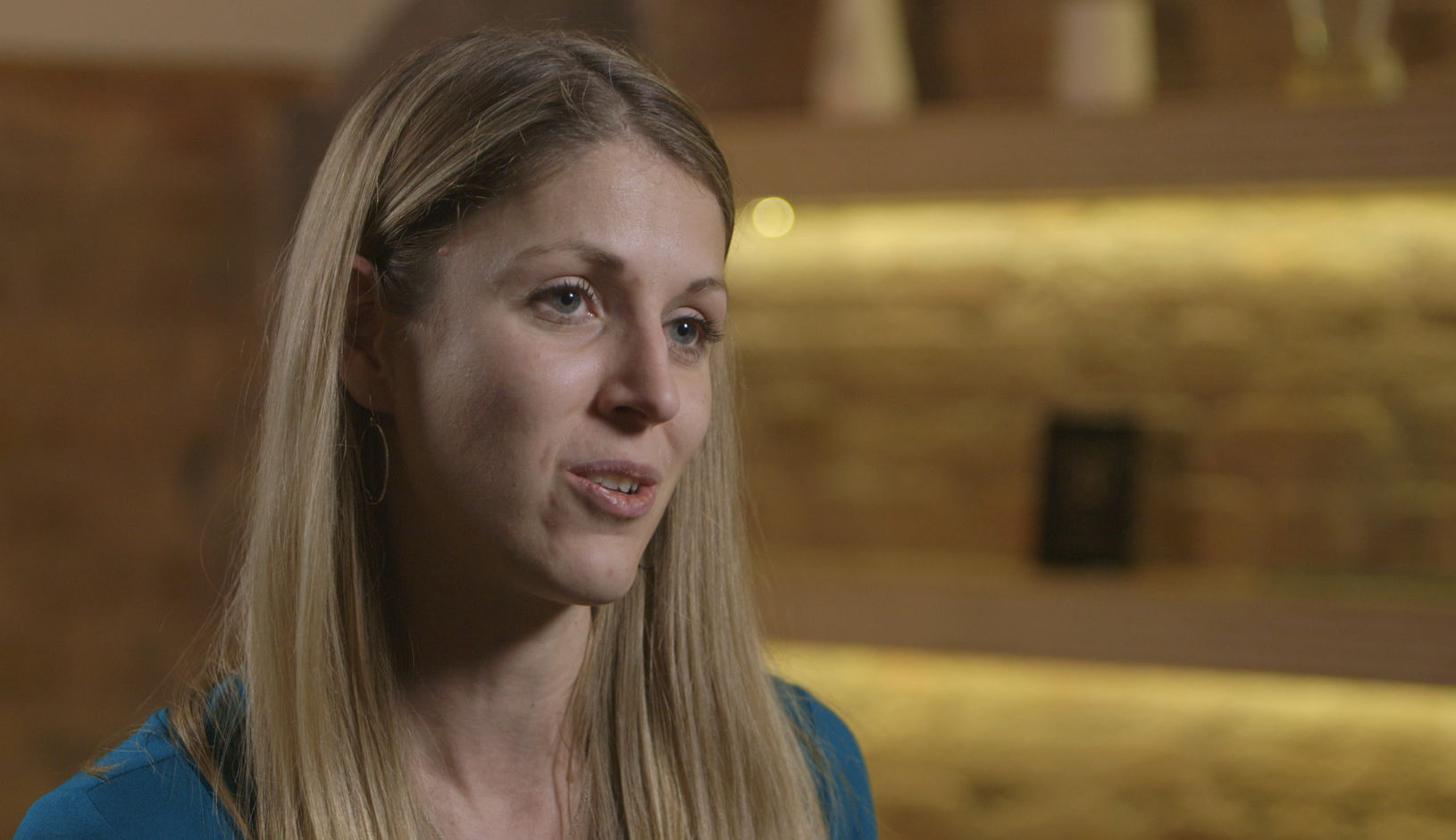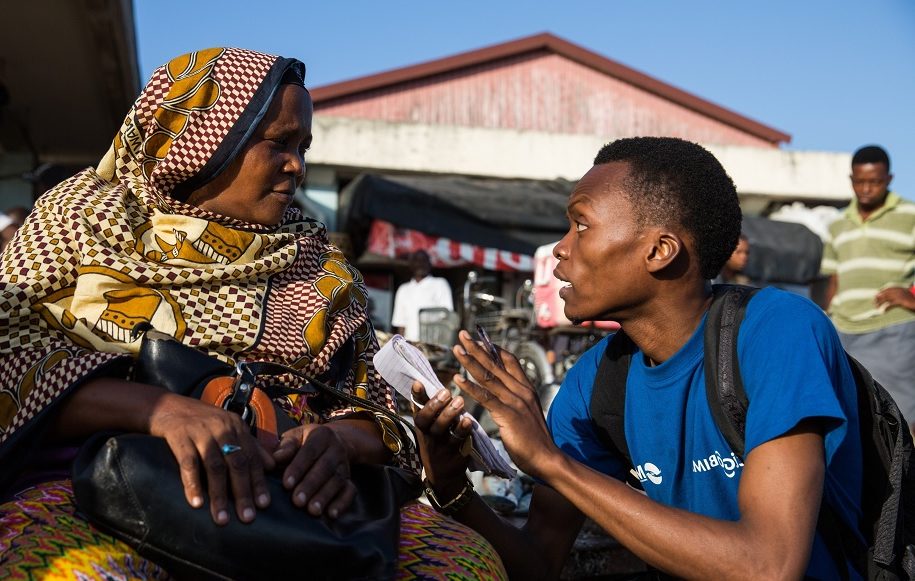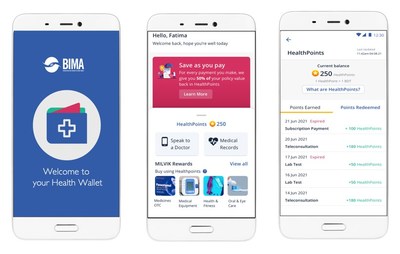
Case Study
Maria Kyle meets the challenge of emerging market insurance: BIMA
Published
April 26, 2017
BIMA head of product development Marie Kyle discusses her journey from Harvard Business School to BIMA and the importance of insurance to women in emerging markets.
BIMA develops products that are affordable, relevant, and quality. Why do you have to think innovatively when designing products for low-income consumers?
At BIMA, we believe that innovation is the only way to democratise access; if traditional models worked, the protection gap wouldn’t exist.
The key to designing new products, technology and distribution models that work for these consumers is to recognise that the barriers faced by low-income families are myriad and more complex than just affordability. As with consumers anywhere else in the world, quality, education and convenience are essential for our users.
We adopt a client-centric approach, using data and design techniques to ensure that we truly understand our customers. Placing their needs, limitations and existing patterns of behaviour at the centre of the design process allows us to think of novel solutions, rather than force them into outdated-models.
Why is insurance so important to women in emerging markets?
Many of BIMA’s female customers live in high risk situations: they may be exposed to extreme natural events, political instability, as well as the normal threats to personal health and safety. Furthermore, many of them are either employed in the informal sector and their income is thus somewhat volatile, or they work in the home and are reliant on their husband’s income to sustain their family.
When adverse events occur, they impact these women and their families almost immediately, derailing their financial situation and pushing them back into poverty. In BIMA’s markets, women often control the family finances and it falls on them to make difficult decisions such as whether to pull their child out of school, pay for critical medical treatment, or put food on the table. Relevant insurance provides a ‘safety net’ that can help build financial resilience to shocks that may otherwise push these women back into poverty.
When have you had to tailor products, or the distribution of products, for women consumers?
It’s important to address the challenges women face across the entire customer journey, rather than just one aspect of the product design or marketing. In Bangladesh for example, cultural convention means that women don’t feel comfortable talking to a male field sales agent, no matter how many of the features of the product are designed to benefit female customers. To address this barrier, we redesigned our distribution model to create women-only field sales teams that can gather with women in community spaces they already frequent.
Can you share a memorable moment where you saw impact on the ground, in market?
It’s hard to choose just one, but a claimant story from our Ghana operation stands out. Faith was a street vendor who had purchased a policy from a BIMA agent that frequented her stall for lunch each day. Faith was unusually absent one day, and when she returned she told our agent that her mother had passed away. After offering condolences the agent reminded Faith that she had bought a policy for her mother, and encouraged her to file a claim. The BIMA team worked with Faith to get the simple document she needed and was able to pay out a full life claim in just three days of filing.
In Ghana, it is traditional to honour a passing family member with a proper funeral celebration, but the cost is often more than our customers can afford. They are forced to turn to friends or get into debt. BIMA’s quick pay-out meant that Faith could afford to mourn and celebrate her mother with loved ones during a time of great loss.
Faith’s positive experience with BIMA encouraged four of her friends to sign up for insurance for the very first time. It was amazing to see the impact that our claims make to the communities we serve.
You have a degree in Mechanical Engineering and an MBA from Harvard Business School. Can you tell us about your journey to BIMA?
I’ve always been passionate about design and intrigued by the power of technology to impact the lives of people. That passion was what drove me to pursue a degree in Mechanical Engineering, so I could learn more about innovative technology, how it was created, and how it could be deployed to do good in the world.
It was that same passion that prompted me to take the jump and leave my first job in consulting and move to Zambia to work in the public health sector where I got first-hand experience seeing how cutting edge medical innovations – be that exciting new point of care diagnostic tests or revolutionary antiretroviral treatments – could transform the lives of individuals.
Through those experiences, I also came to learn that it isn’t enough to have a cutting edge technology or product – you need to have the business acumen to scale that product if you want it to have widespread impact. That in turn lead me to Harvard Business School and fortunately for me, to BIMA.
Have you had any women role models or mentors throughout your career so far?
Lots of people will throw out names of great women from history, but my mentors have all been men and women I’ve been lucky enough to work closely with during my career. Seeing the way they navigate the workplace and pursue their goals has inspired me to be the leader I am today.
Mentorship is greatest HR resource you can have, and I encourage everyone to seek one out. I think it’s especially useful for women because we still face a unique set of challenges building both a career and a healthy life outside of work. When I worked in finance, having women I could turn to for advice was truly invaluable.
What advice would you give to people interested in product development and innovation? Any specific advice for women?
Innovation and design is a truly exciting field; you get the chance to create products that change the world! When I add to my team, I am looking for solid skills in design, and people who think critically and possess a strong business acumen. But it’s also important to remember that product is as much an art as it is a science; we need people with a passion for creativity the ability to listen to and truly understand our customers.
Lots of people come to product design through engineering or consulting, industries that still skew male and can make product design look like a male-dominated field. But there are some incredible women and diverse teams working in this space.


